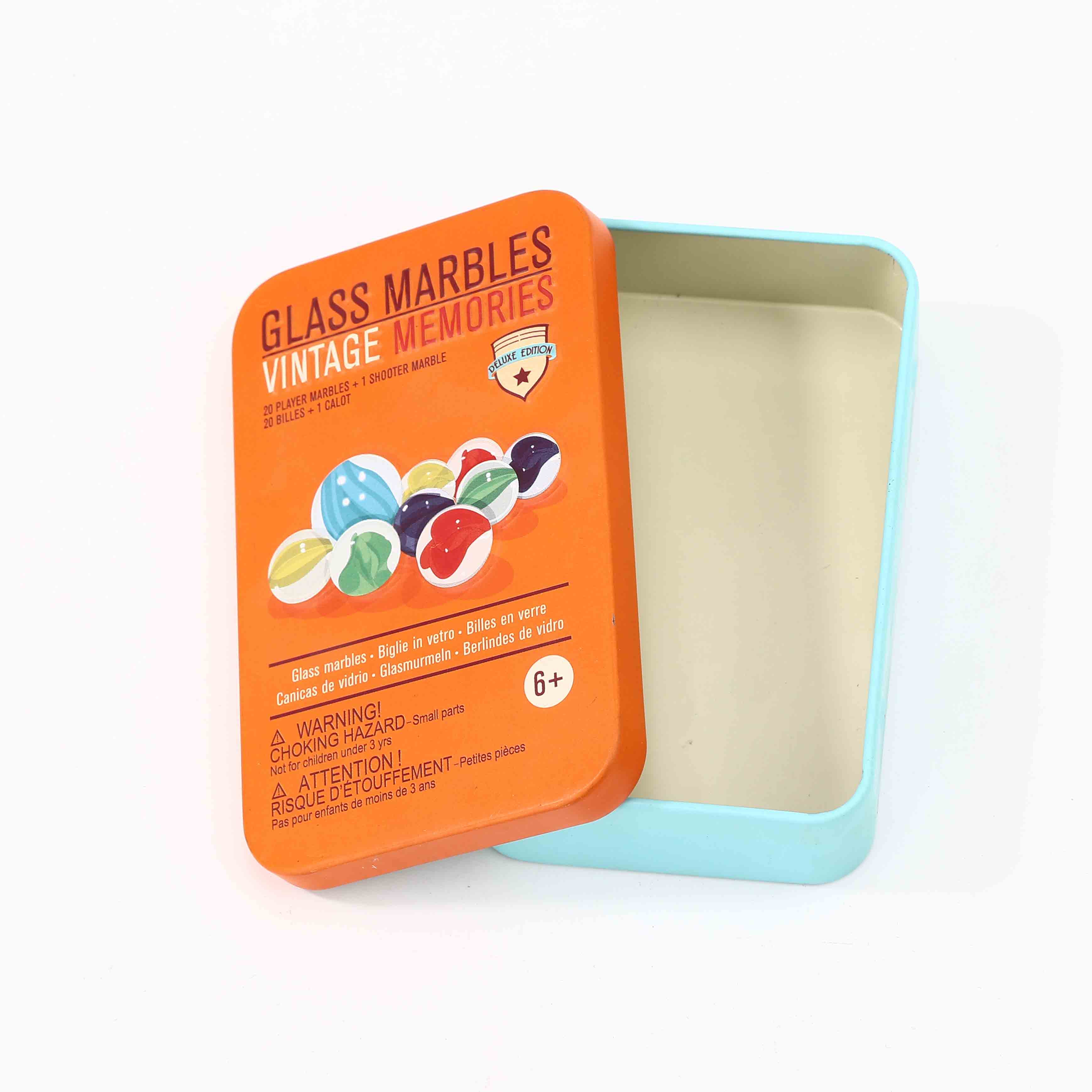Oct . 11, 2024 14:00 Back to list
sizes of tin cans
Understanding the Sizes of Tin Cans A Comprehensive Overview
Tin cans are a common sight in households, used for everything from food storage to beverages. They come in various sizes and shapes, each designed to serve specific purposes. Understanding the sizes of tin cans is essential for manufacturers, retailers, and consumers alike, as it impacts everything from production efficiency to consumer choice.
The dimensions of tin cans can vary widely, but they generally fall into a few standard sizes, which are primarily determined by their intended contents. For food products, common sizes include 3 oz, 5 oz, 15 oz, and 28 oz cans. For example, a 15 oz can is often used for vegetables, soups, or sauces, making it a staple in many kitchens. Larger cans, such as the 28 oz, are frequently used for items like tomatoes or beans, catering to families or those who cook in bulk.
Beverage cans are another category entirely, with the standard size being the 12 oz can, popular for soft drinks and beer. This size is designed for convenience, fitting easily in hand and being compatible with vending machines. Additionally, there are larger beverage containers, like the 16 oz and 19.2 oz cans, which cater to consumers seeking larger servings or less frequent purchases.
sizes of tin cans

One must also consider the shape of the can, as it can affect the volume and the ease of storage. Traditional cylindrical cans are prevalent, but there are also shaped cans, such as those used for energy drinks or specialty beverages, which can have wider bases or unique tapering to create a visually appealing product that stands out on the shelf.
From a manufacturing perspective, standardizing can sizes is crucial for production efficiency. It simplifies the process of filling, sealing, and shipping cans, allowing manufacturers to maximize resources and minimize waste. Uniformity in sizes also aids in inventory management for retailers, as it ensures consistency in packaging and shelf space allocation.
Environmental considerations have also influenced the design of tin cans in recent years. Efforts to create lighter cans that use less material without compromising durability have been increasing, driven by sustainability goals in the beverage and food industries. Recycled materials are often utilized in the production of tin cans, which reduces the environmental footprint and appeals to environmentally conscious consumers.
In conclusion, the sizes of tin cans play a crucial role in the food and beverage industry. From providing convenience for consumers to enabling efficient manufacturing processes, understanding these sizes helps stakeholders make informed decisions. As trends evolve and sustainability becomes a priority, we can expect continuous innovations in tin can sizes and designs, shaping the future of packaging solutions.
-
Durable Large Metal Boxes | Top Manufacturers & Suppliers
NewsAug.09,2025
-
Custom Large Metal Box Manufacturers: Durable & Reliable Solutions
NewsAug.08,2025
-
Large Metal Box Manufacturers - Custom & Durable Solutions
NewsAug.07,2025
-
Durable Large Metal Box Manufacturers | Custom Solutions
NewsAug.06,2025
-
Large Metal Box Manufacturers | AI-Powered Solutions
NewsAug.05,2025
-
Leading Large Metal Box Manufacturers | Custom Solutions
NewsAug.04,2025




















